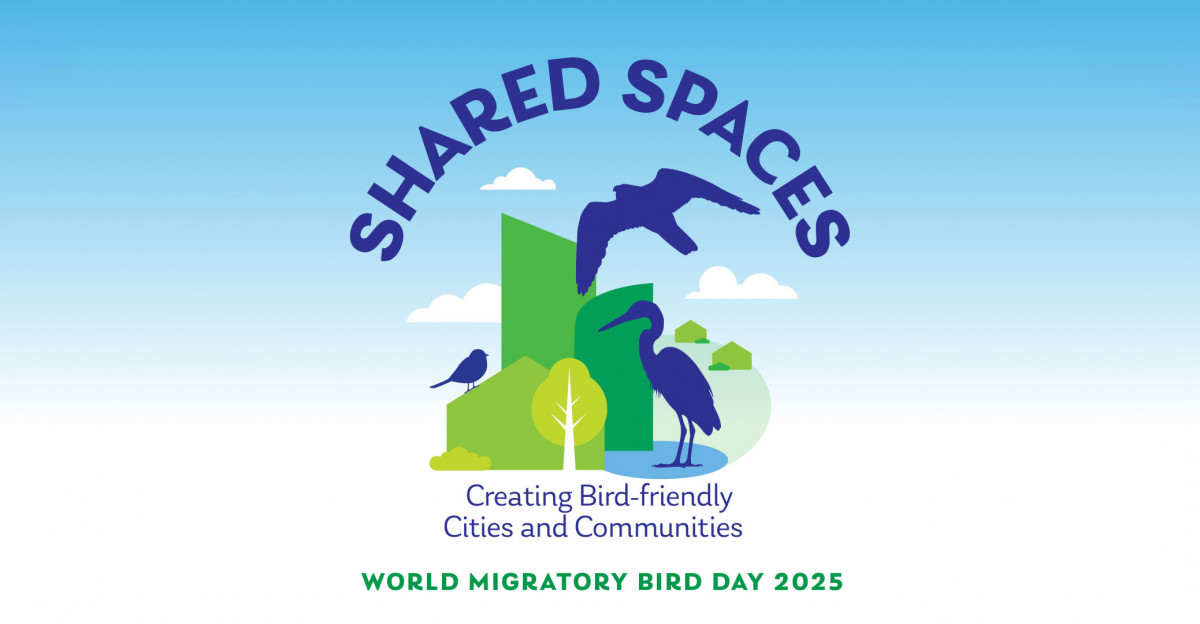World Migratory Bird Day (WMBD) is an annual awareness-raising campaign highlighting the need for the conservation of migratory birds and their habitats. It has a global outreach and is an effective tool to help raise global awareness of the threats faced by migratory birds, their ecological importance, and the need for international cooperation to conserve them.
World Migratory Bird Day was initiated in 2006 by the Secretariat of the Agreement on the Conservation of African-Eurasian Migratory Waterbirds (AEWA) in collaboration with the Secretariat of the Convention on the Conservation of Migratory Species of Wild Animals (CMS). Originally, the idea of designating a day for migratory birds arose in the United States in 1993, when the US Fish and Wildlife Service, the Smithsonian Migratory Bird Center and the Cornell Laboratory of Ornithology initiated celebrations of the ‘International Migratory Bird Day' (IMBD), which encourages bird festivals and education programmes across the Americas. Although this day was and continues to be successfully celebrated in the western hemisphere, something similar was missing for the rest of the world. On the occasion of its 10th anniversary in 2005, the AEWA Secretariat initiated the Migratory Waterbird Days (MWD) which were held in Africa, Europe and parts of Asia. As this event was well received in the African-Eurasian region, it was decided to broaden the scope into a commemorative day that celebrates all migrating birds on a global scale.

This year’s theme “Shared Spaces: Creating Bird-Friendly Cities and Communities,” highlights the importance of making our cities more bird-friendly, benefitting nature and people alike. In 2025, WMBD will raise awareness about the many challenges migratory birds face due to human activities and expanding urban development. The campaign will advocate for strategic urban planning and conservation efforts that incorporate bird-friendly practices, making sure that our communities become havens for these remarkable travelers. The 2025 theme encourages action from all sectors, including national and local governments, businesses, community groups, and individuals worldwide.
WMBD 2025 will emphasize that every community - urban to rural - can play a significant role in supporting migratory birds. Through good city planning, and by adopting bird-friendly practices like creating healthy habitats, reducing pollution, and preventing collisions with glass windows and other built objects, communities can significantly contribute to the well-being of migratory birds.
Urban expansion and man-made environments, if not managed properly, pose significant threats to these birds, leading to habitat loss and increasing the risks like fatal collisions with buildings and glass. Through good upstream planning for sustainable urban development that avoids sprawl and destruction of habitat as well as collaborative efforts with neighbors, schools, and local organizations, everyone can protect birds and raise awareness about their importance to the health of the planet and its ecosystems. By bringing nature back into our cities and working together, citizens and elected officials alike can help our natural environments and lessen the negative effects of urbanization on biodiversity.